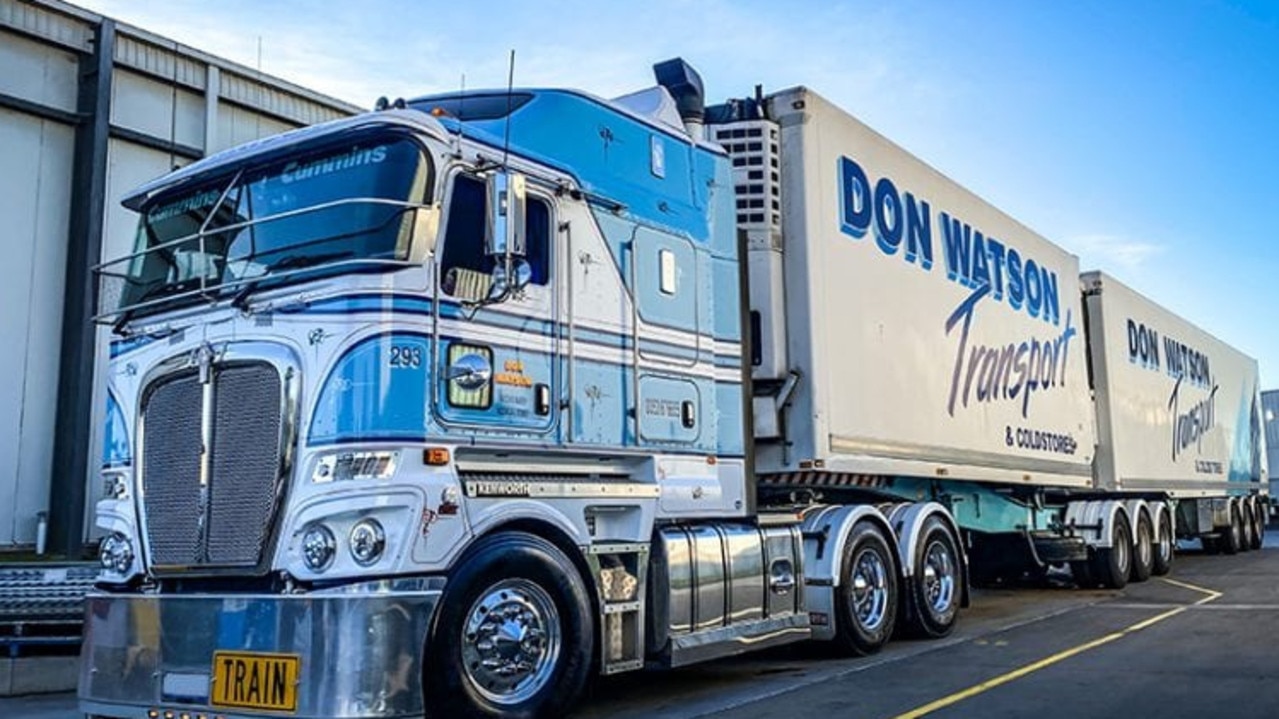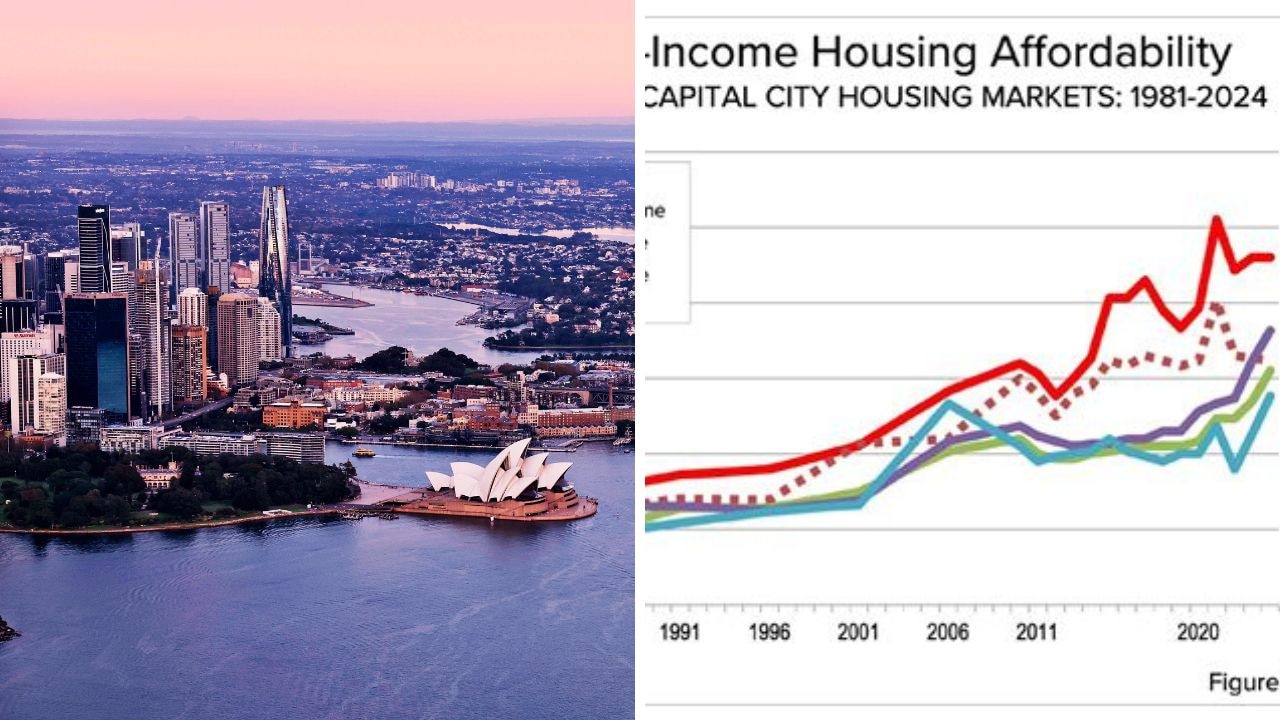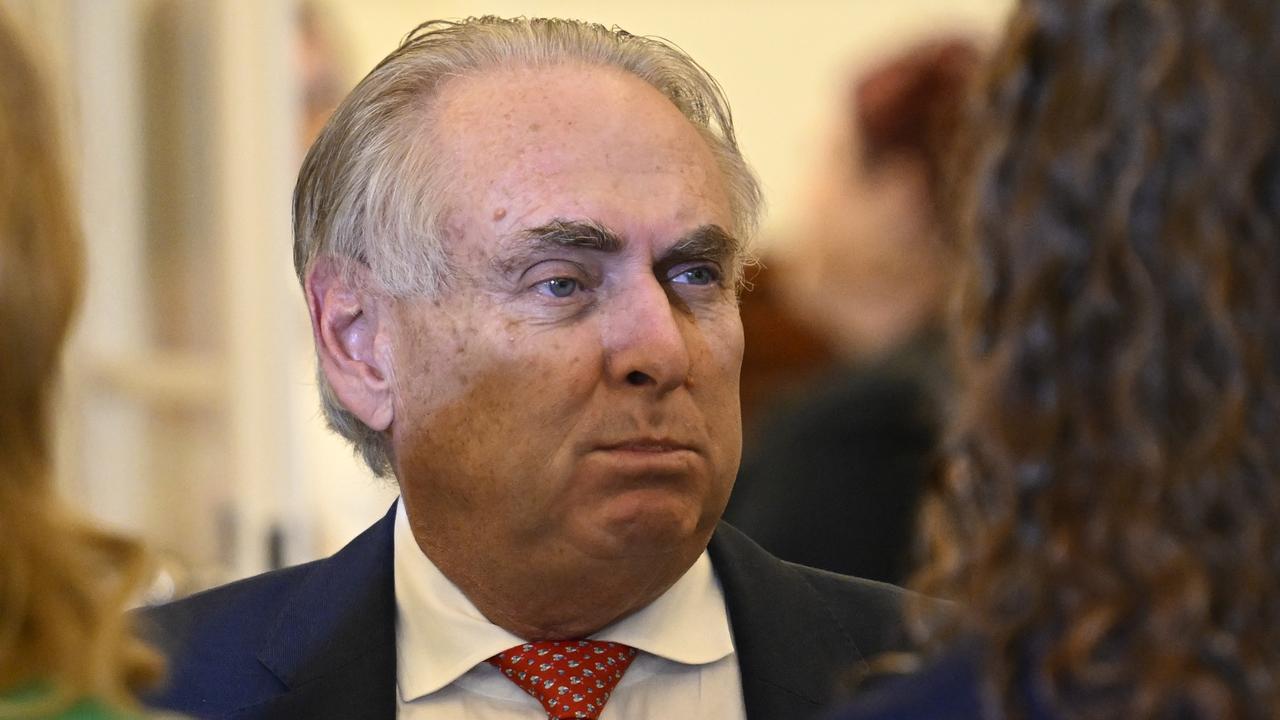This is what a 30-minute city really looks like
MALCOLM Turnbull has got us excited about living in cities we get get around within half an hour. Sounds great, right? This is the reality.
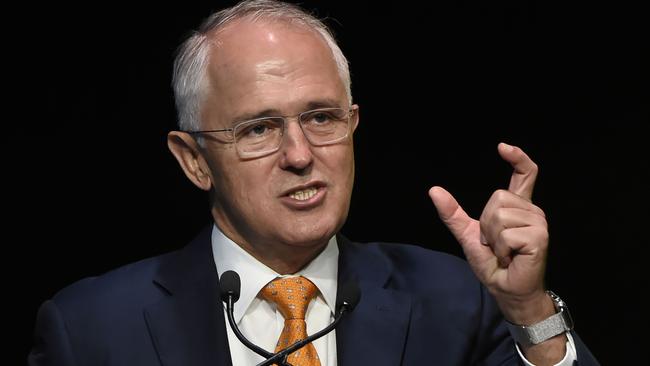
MALCOLM Turnbull reckons it’s an exciting time for cities, and it certainly sounds like it.
In announcing his “smart cities” plan in Melbourne Friday morning, the Prime Minister hinted at a utopian urban and suburban future, with congestion-free commutes lasting no more than 30 minutes home to work to play and anywhere we need to be during the day.
Sounds pretty good from your inner city office, especially after that 45-minute bumper-to-bumper traffic rain or cramped morning train ride and the resulting commuter-rage, right?
We’ve got to be talking super-fast trains, seamlessly integrated public transport systems, and fault-free roads allowing for free-flowing traffic. Crossing Sydney or Melbourne in only half an hour — amazing.
But, that’s not exactly it.
These very exciting “30-minute cities” of the future are not just about making our suburb to CBD trips quicker and less stress-inducing. It’s really about changing how our cities and suburbs are planned and built, and how and where we work and life — and that’s if they ever actually come off.
What Mr Turnbull is really talking about, is decentralising our city-centric lifestyles, and building suburban or regional hubs.
Welcome to life in the 30-minute bubble.
LIVING IN A BUS-SERVICED BUBBLE
While it sounds undeniably exciting, as the PM can’t seem to stop reminding us, the idea of decentralised liveable mini-cities is nothing new.
According to Royal Melbourne Institute of Technology (RMIT) urban development professor Mike Berry, Victoria has had strategic plans in front of planning authorities since the early 1970s.
Less than two years ago, a report outlined potential to redevelop areas of Melbourne so that work and entertainment was located within 20 minutes of where all residents lived.
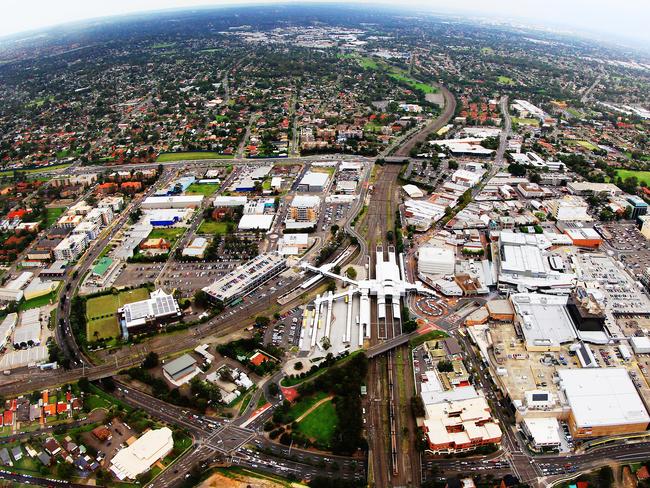
The reports keep coming, the ideas are possible and they sound great, but when it comes to taking action and making changes, they tend to remain on paper.
Prof Berry describes the idea of decentralising our cities in order to create more accessible living, as having to turn around a battleship.
“The idea is to somehow reverse the battleship of the everchanging urban sprawl, so that more people can get to those services and jobs more quickly, or at least within the time frame that’s proposed,” he said.
“The difficulty is that most economic, cultural and political forces are working in the opposite direction.”
Prof Berry says policies that have worked towards it have been “spectacularly unsuccessful” in changing the trajectory of urban sprawl.
Practically, the idea of giving up our cars to relieve congestion and taking the bus from our homes to our jobs in small business hubs, then to small specialised supermarkets and rarely leaving our bubbles, doesn’t really appeal.
Basically, while the idea sounds good, we just don’t want it.
BYE BYE SUBURBIA
Moving people closer to jobs or jobs closer to people, means moving businesses into our cherished suburban areas.
“People leave the inner city for more space,” Prof Berry says.
“We all know you can choose your house but you can’t choose your neighbours. If you move into your quiet neighbourhood and all of a sudden next door development begins at five times the density, you’ve got yourself a totally different neighbourhood.”
While the dream of living closer to work is alive for many, especially young homebuyers being pushed to the outskirts of our cities, the dream of living in a quiet suburban paradise hasn’t been killed off yet.
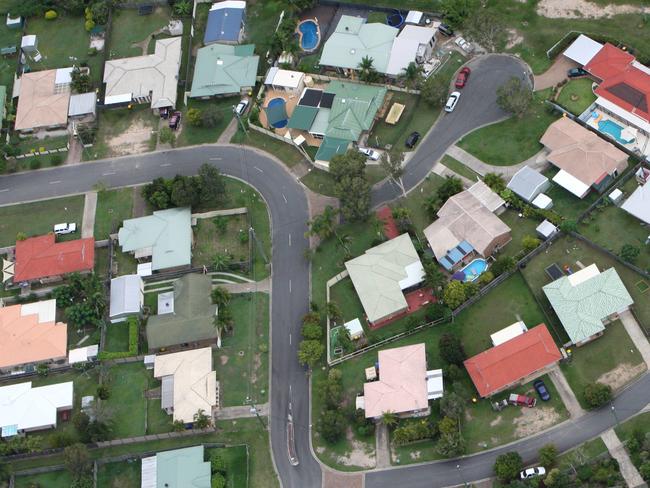
WHAT IS THE PM ACTUALLY PROPOSING?
Mr Turnbull says the way cities are planned, built and managed must be rethought to boost investment in jobs, make housing more affordable, and cut congestion.
This morning, he revealed a funding plan to reshape investment in train line, roads and other infrastructure.
To help make this happen, the Federal Government will spend an initial $50 million to fast-track planning on major projects such as urban rail.
The government will encourage private investment by leveraging its balance sheet, while encouraging state governments to partner on “city deals” that drive national priorities.
The plan also focuses on so-called “value-capture” for major projects — where the value added to impacted areas is collected to recoup costs.
In outlining the “smart cities” policy, the government uses the concept of the 30-minute city as a potential goal for Australia’s cities.
WILL IT EVER HAPPEN?
Former Victorian premier Jeff Kennett is 68 years old. During a segment on Sunrise this morning, he said the 30-minute city concept sounded like a great idea, but one that would never happen in his lifetime.
So by that estimate, even if Mr Kennett lived up to former treasurer Joe Hockey’s generous expectations of future Australians living to 150 years, 2098 and beyond would be the earliest date for Aussies to start living the 30-minute dream.
It’s not the most accurate prediction mechanism but even discounting former politicians’ brekky TV musings, those more in the know agree the plan is way, way off.
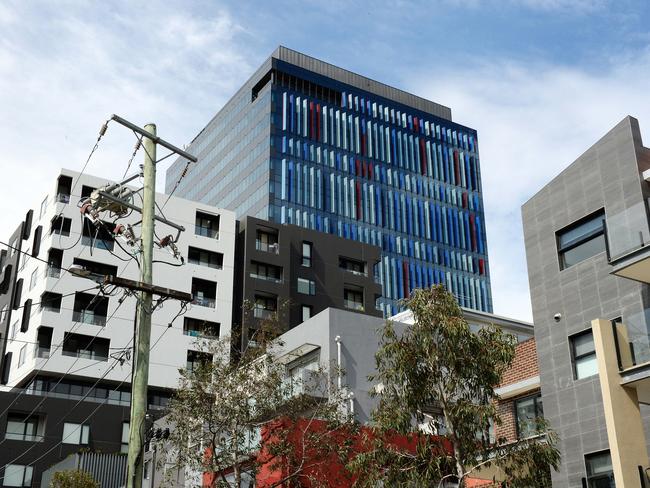
“You’re talking decades, not years,” Mr Berry says.
“The thing about a battleship is it sails in one direction and really moves in. If you want to turn it around it’s got to be with something very strong and invasive.”
Mr Berry said the co-ordination between federal, state and local governments required to make the change, not to mention the fact that the change would have to be strongly desired by the public to force that change, meant it was a long way off.
“There would be large scale development and significant dollars involved, and that’s got to happen within a political context,” he said.
“It’s not as if we have a centralised system where a planning agency says do this and do this, and things happen. Things generally don’t happen quickly. But what’s encouraging is that a lot of what happens in cities and suburban settlements to make them vibrant are often unplanned. It requires sensitive local government planning and a little bit of state government investment, but vibrant and liveable cities can slowly develop in an almost organic way.”


